The Best Laptops for Editing: A Comprehensive Guide
Editing, whether it involves video, photo, or audio, requires a laptop that can handle demanding software, large file sizes, and multitasking with ease. This guide aims to help creatives, editors, and enthusiasts find the best laptop for their editing needs by considering the most critical aspects such as performance, screen quality, portability, battery life, and price.
1. Why Choosing the Right Laptop for Editing is Crucial
Editing is an intensive process that can strain an average laptop. Whether you are a video editor working with 4K footage or a photographer managing large RAW files, you need a machine that offers a blend of performance, precision, and efficiency. The wrong laptop can result in slow render times, lagging software, and color inaccuracies, which can affect your workflow and productivity.
Here are the most important factors to consider:
- Processing Power: A powerful processor (CPU) ensures faster rendering, exporting, and smoother timeline performance.
- Graphics Card (GPU): For video editing, a dedicated GPU is crucial for handling tasks like video effects and 3D rendering.
- RAM: Editing software is memory-intensive, so having at least 16GB of RAM is essential for handling large files and multitasking.
- Storage: SSDs (Solid State Drives) provide faster read and write speeds, significantly improving your ability to access and save large media files.
- Display Quality: Accurate color representation is key for photo and video editors.
- Battery Life: For on-the-go editors, long battery life ensures continuous productivity without frequent charging.
- Portability: The weight and design matter, especially for mobile editors who travel frequently.
2. Top Features to Consider When Choosing a Laptop for Editing
A. Processor (CPU)
The CPU is the heart of your laptop and dictates how well it handles editing tasks. For most professional editing software like Adobe Premiere Pro, Final Cut Pro, DaVinci Resolve, or Photoshop, you need a processor with multiple cores. Here’s what to look for:
- Intel Core i7/i9 or AMD Ryzen 7/9: These are high-performance CPUs that handle multitasking, rendering, and exporting with ease. Intel’s i9 or Ryzen 9 series offers even more power but may be overkill for some users.
- Apple M1/M2 Chips: Apple’s custom silicon chips (M1 and M2) have revolutionized their MacBook lineup. The M1 Pro and M1 Max in the MacBook Pro series provide top-tier performance, especially in video editing, offering incredible rendering speeds and efficiency.
B. Graphics Card (GPU)
A dedicated graphics card is essential for video editors and those working in 3D modeling or animation. Integrated graphics in most laptops are insufficient for complex tasks.
- NVIDIA GeForce RTX: NVIDIA’s RTX 30-series GPUs are some of the best for video rendering, 3D animation, and effects-heavy editing.
- AMD Radeon RX: AMD offers great alternatives for high-performance GPUs, and they are particularly popular in Apple MacBook Pro models.
- Apple M1 Pro and M1 Max GPUs: Apple’s custom GPUs in their M1 Pro and Max chips offer excellent video editing performance, often rivaling NVIDIA’s RTX GPUs in optimized software like Final Cut Pro.
C. RAM
RAM is crucial for running multiple applications simultaneously and handling large files, particularly in software like Adobe After Effects or DaVinci Resolve.
- 16GB: The minimum for most video editing software.
- 32GB: Ideal for professional editors working with 4K video or large photo files.
- 64GB: For editors working with 8K footage or complex 3D rendering.
D. Storage
When it comes to storage, speed and capacity are vital. SSDs are much faster than traditional HDDs, allowing quicker file transfers and boot times.
- 512GB SSD: Minimum storage capacity, especially for smaller projects or light editing work.
- 1TB SSD or higher: Recommended for professional editors working with large files or video projects.
- External SSD options: Many editors use external SSDs for additional storage, especially when working with raw video or large projects.
E. Display
A high-quality display is crucial for photo and video editing to ensure accurate color grading and visual precision.
- Resolution: 4K displays are ideal for video editors working with 4K footage, while a minimum of Full HD (1080p) is recommended for photo and audio editing.
- Color Accuracy: Look for screens with 100% sRGB or AdobeRGB color gamut for accurate color representation.
- Size: A larger display (15-inch or above) is beneficial for working with timelines and detailed editing tasks.
F. Ports and Connectivity
Editing often involves connecting external drives, monitors, and peripherals.
- USB-C/Thunderbolt 3/4: Ideal for fast data transfer, connecting to external monitors, and daisy-chaining multiple devices.
- HDMI: Useful for connecting to external displays for editing on larger screens.
- SD Card Reader: Essential for photographers and videographers who need quick access to files from their cameras.
3. Top 10 Best Laptops for Editing in 2024
1. MacBook Pro 16-inch (M1 Pro/Max)
Best for: Video and photo editors who need a balance of power and portability, especially those working within the Apple ecosystem.
The MacBook Pro (2021) with the M1 Pro or M1 Max chip is arguably the best laptop for professional editing. Its combination of a powerful CPU and GPU with Apple’s optimization for Final Cut Pro and other software makes it unbeatable in terms of performance. The 16-inch Retina display offers incredible color accuracy and brightness, and the battery life can last up to 17 hours, making it great for mobile editing.
- CPU: Apple M1 Pro/Max
- GPU: Integrated 16-core/32-core GPU
- RAM: Up to 64GB
- Storage: Up to 8TB SSD
- Display: 16-inch Retina XDR (3072×1920), P3 wide color

2. Dell XPS 15 (2023)
Best for: Editors who want a Windows-based laptop with a sleek design and excellent performance.
The Dell XPS 15 is a fantastic choice for editors, offering an impressive OLED 4K display with near-perfect color accuracy, making it ideal for video and photo editing. It also comes with NVIDIA RTX 3050 graphics, which ensures smooth playback and rendering for video projects.
- CPU: Intel Core i7/i9 (12th Gen)
- GPU: NVIDIA GeForce RTX 3050
- RAM: Up to 64GB
- Storage: Up to 2TB SSD
- Display: 15.6-inch 4K UHD+ (3840×2400), 100% AdobeRGB

3. Razer Blade 15 Studio Edition
Best for: Editors who need a powerful GPU for video editing, 3D rendering, or gaming.
Known for its gaming capabilities, the Razer Blade 15 Studio Edition is also a beast for video editing, offering an NVIDIA Quadro RTX 5000 GPU that handles heavy tasks like 3D modeling, rendering, and complex video projects. Its slim profile, aluminum build, and impressive 4K OLED touch display make it a great option for creative professionals.
- CPU: Intel Core i7 (10th Gen)
- GPU: NVIDIA Quadro RTX 5000
- RAM: 32GB
- Storage: 1TB SSD
- Display: 15.6-inch 4K OLED, 100% DCI-P3
4. Asus ProArt Studiobook 16 OLED
Best for: Creatives who need a laptop with precise control over color and design work.
The Asus ProArt Studiobook is designed specifically for creative professionals. Its 16-inch OLED HDR display covers 100% DCI-P3 color space, which is crucial for video editors and photographers. With its AMD Ryzen 9 processor and NVIDIA RTX 3070 graphics, this laptop provides excellent performance in video editing, 3D animation, and more.
- CPU: AMD Ryzen 9 5900HX
- GPU: NVIDIA GeForce RTX 3070
- RAM: 32GB
- Storage: 1TB SSD
- Display: 16-inch OLED 4K UHD, 100% DCI-P3
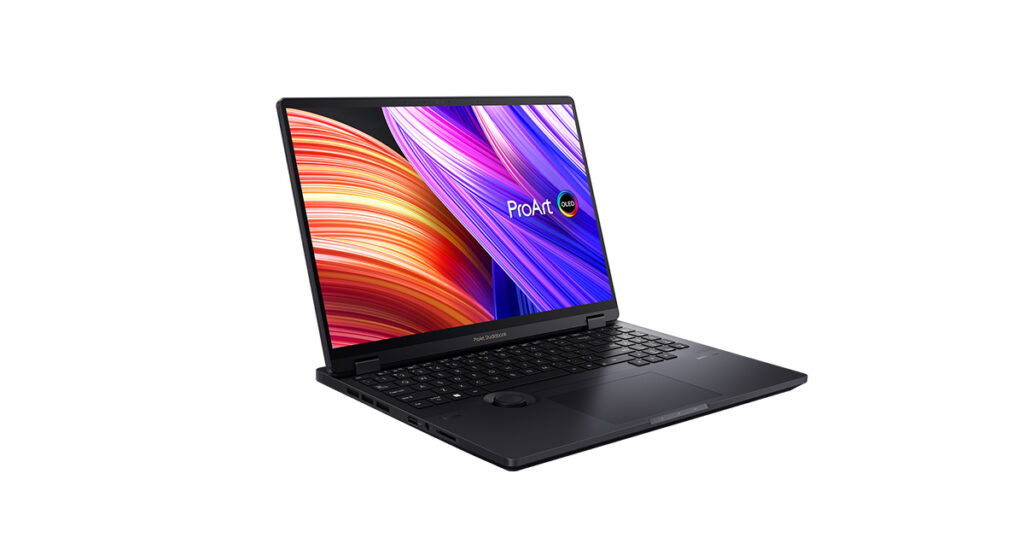
5. Microsoft Surface Laptop Studio
Best for: Editors looking for a versatile laptop with touch and pen support.
The Surface Laptop Studio is a hybrid device, combining the flexibility of a tablet with the power of a laptop. It’s perfect for video editors who also do creative work like graphic design or drawing. Its unique adjustable hinge allows the screen to be used as a tablet, and the stylus support makes it great for precise editing and drawing.
- CPU: Intel Core i7 (11th Gen)
- GPU: NVIDIA GeForce RTX 3050 Ti
- RAM: 32GB
- Storage: Up to 2TB SSD
- Display: 14.4-inch PixelSense Flow, 120Hz
6. HP Spectre x360 16
Best for: Editors who need a 2-in-1 device for both content creation and casual use.
Spectre x360 16 is a stylish 2-in-1 laptop that combines performance with versatility. It features a stunning 4K OLED display, perfect for color-critical work, and a powerful Intel Core i7 processor paired with integrated Iris Xe graphics. Its convertible design allows for easy transitions between laptop and tablet mode, making it suitable for sketching or reviewing projects on the go.
- CPU: Intel Core i7 (12th Gen)
- GPU: Intel Iris Xe Graphics
- RAM: Up to 32GB
- Storage: Up to 2TB SSD
- Display: 16-inch 4K OLED, 100% DCI-P3
7. Lenovo ThinkPad X1 Carbon Gen 10
Best for: Professionals who need a durable and reliable laptop with excellent keyboard ergonomics.
The Lenovo ThinkPad X1 Carbon is known for its build quality and keyboard comfort, making it ideal for long editing sessions. It offers powerful performance with Intel’s latest processors and features a bright, high-resolution display that ensures color accuracy. With a robust battery life, it’s perfect for on-the-go editing.
- CPU: Intel Core i7 (12th Gen)
- GPU: Integrated Intel Iris Xe
- RAM: Up to 32GB
- Storage: Up to 2TB SSD
- Display: 14-inch 4K UHD, 100% sRGB
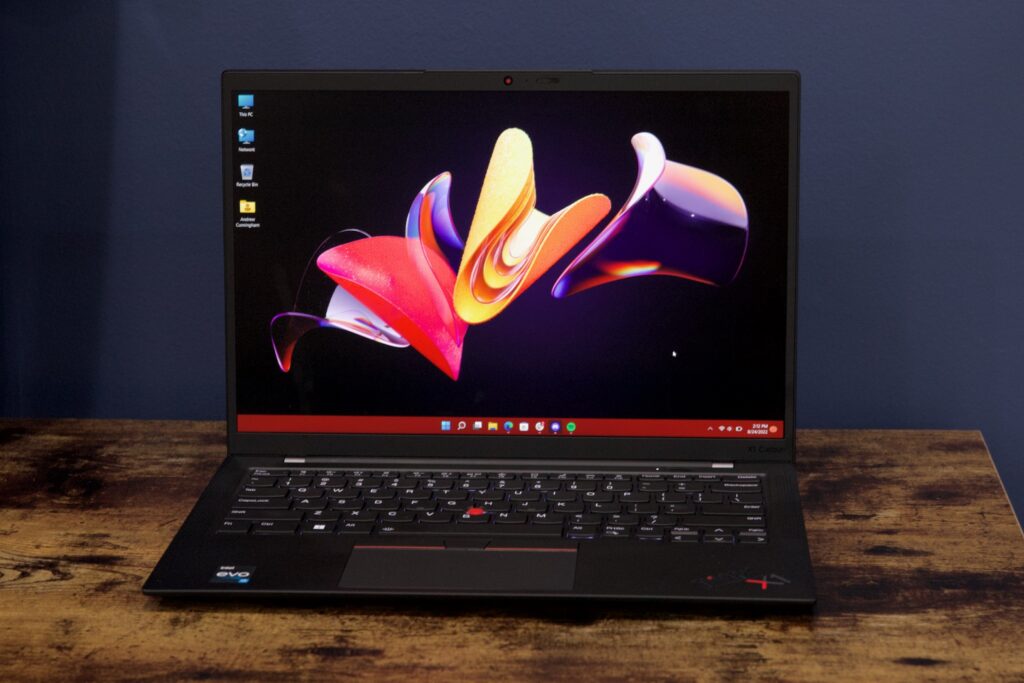
8. Acer ConceptD 7
Best for: Creative professionals looking for a dedicated laptop that excels in color accuracy and performance.
The Acer ConceptD 7 is specifically designed for designers and creators, featuring a Pantone Validated 4K display that covers 100% of the AdobeRGB color space. Its powerful NVIDIA GeForce RTX 2060 GPU ensures that heavy software runs smoothly, making it a great option for video and photo editing.
- CPU: Intel Core i7 (10th Gen)
- GPU: NVIDIA GeForce RTX 2060
- RAM: 32GB
- Storage: Up to 2TB SSD
- Display: 15.6-inch 4K UHD, 100% AdobeRGB
9. MSI Creator 15
Best for: Gamers and editors who want a balance of power and aesthetic design.
The MSI Creator 15 combines gaming and editing capabilities, featuring an NVIDIA GeForce RTX 3060 graphics card and a powerful Intel processor. Its 4K display with high color accuracy makes it suitable for video editing and graphic design. Plus, it has a robust thermal management system to keep the laptop cool during intensive tasks.
- CPU: Intel Core i7 (10th Gen)
- GPU: NVIDIA GeForce RTX 3060
- RAM: Up to 64GB
- Storage: Up to 2TB SSD
- Display: 15.6-inch 4K UHD, 100% AdobeRGB
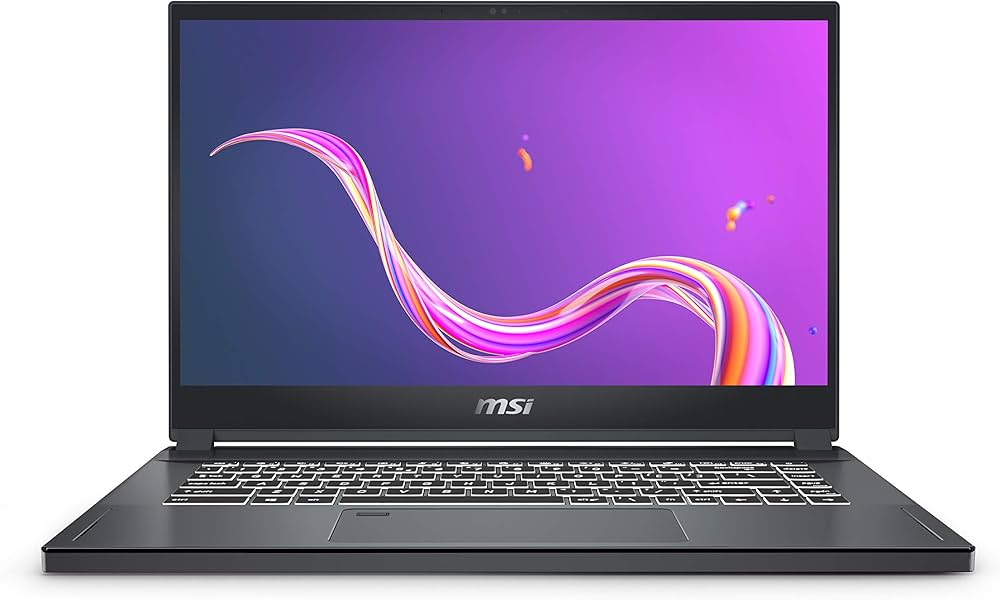
10. Apple MacBook Air (M2)
Best for: Casual editors or students looking for a lightweight, budget-friendly option with solid performance.
While the MacBook Air is less powerful than its Pro counterpart, the M2 chip still delivers impressive performance for video and photo editing. Its fanless design ensures silent operation, and it offers exceptional battery life. For those who primarily edit in software optimized for Apple silicon, it’s a great entry-level option.
- CPU: Apple M2
- GPU: Integrated 8-core GPU
- RAM: Up to 24GB
- Storage: Up to 2TB SSD
- Display: 13.6-inch Liquid Retina, 100% P3
4. Price Ranges and Budget Considerations
When considering a laptop for editing, it’s essential to align your choice with your budget. Here’s a rough breakdown of price ranges based on performance:
- Under $1,000: These laptops will generally offer basic editing capabilities. Look for models with at least an Intel Core i5 or Ryzen 5 processor, 16GB of RAM, and an SSD.
- $1,000 – $1,500: Mid-range options that typically include powerful CPUs (i7/Ryzen 7), dedicated GPUs, and 16-32GB of RAM. Ideal for serious photo and video editing.
- $1,500 – $2,500: High-end laptops with top-tier processors, dedicated graphics cards, ample RAM, and stunning displays. These are perfect for professionals and heavy-duty editing.
- Over $2,500: Premium models that feature the latest technology, such as Apple’s M1 Max or high-end NVIDIA GPUs. These laptops are suited for high-resolution editing, 3D rendering, and extensive workflows.
5. Maintenance and Optimization Tips for Editing Laptops
To ensure your laptop performs optimally for editing tasks, consider the following maintenance and optimization tips:
A. Keep Your Software Updated
Always run the latest versions of your editing software and operating system. Updates often come with performance improvements and bug fixes that can enhance your editing experience.
B. Manage Storage
Regularly clean up unnecessary files, and consider using external storage for large projects. Cloud storage can also be a great way to back up important files without using local storage.
C. Optimize Settings
Most editing software has specific settings that can be adjusted for performance. Lowering playback resolution, rendering in the background, or using proxies for large video files can significantly improve performance.
D. Use Cooling Pads
If you’re working on intensive projects, a cooling pad can help maintain optimal temperatures and prevent thermal throttling, which can slow down your editing tasks.
E. Regularly Check Hardware
Periodically check your laptop for dust buildup in the vents and fans, which can affect cooling efficiency. Also, consider running hardware diagnostics to catch any potential issues early.
6. Conclusion
Choosing the best laptop for editing involves considering multiple factors, from performance to display quality. Each user’s needs will vary based on their specific editing requirements and budget constraints.
Whether you opt for a powerful MacBook Pro, a versatile Dell XPS, or a budget-friendly MacBook Air, selecting a laptop that matches your editing style and workflow will significantly enhance your productivity and creative capabilities.
By keeping the discussed features, options, and maintenance tips in mind, you can ensure that your laptop remains a reliable tool for all your editing endeavors. Happy editing!
see more:

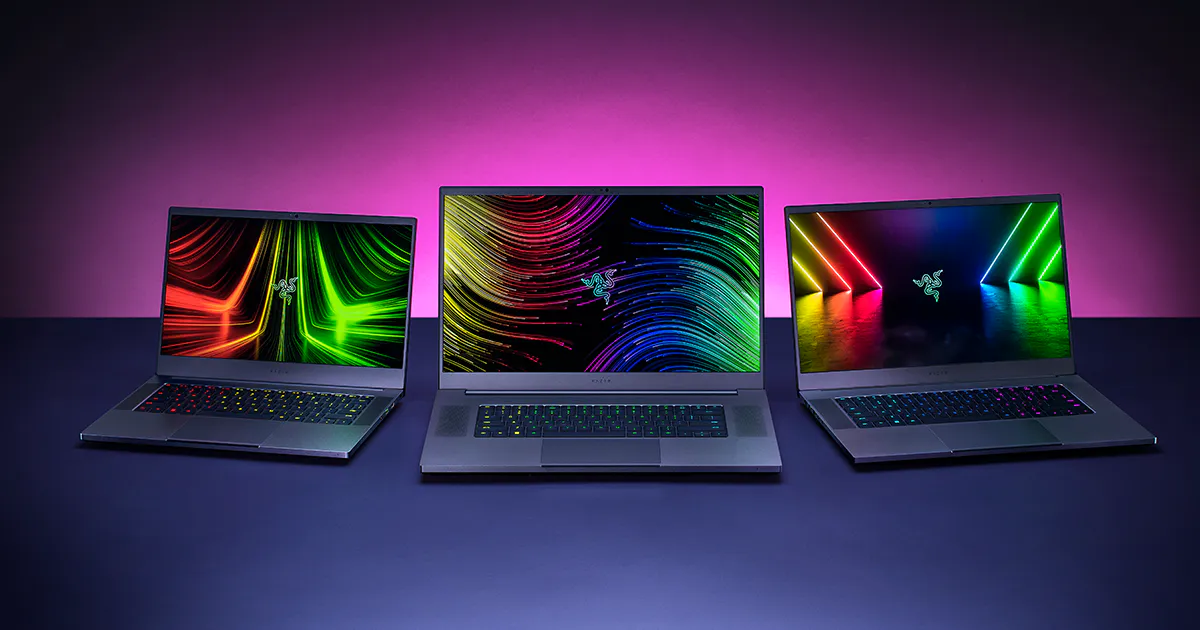





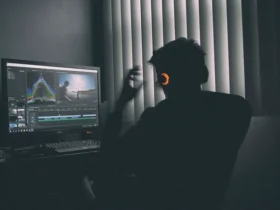




Leave a Reply